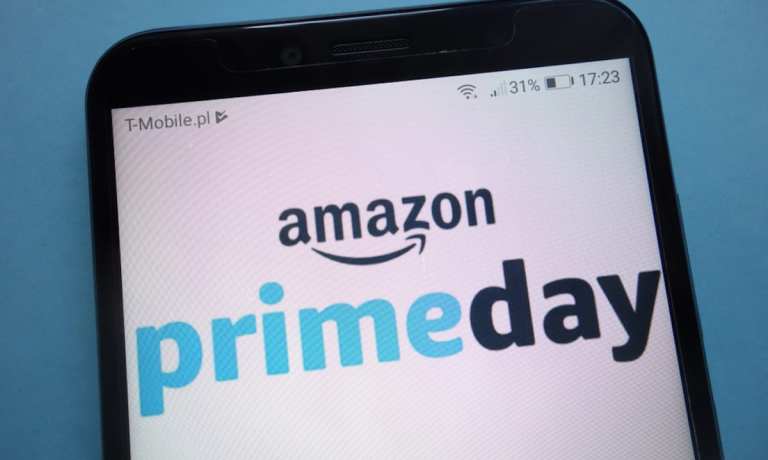
With Amazon’s much-hyped and anticipated 48-hour Prime Day sales event now officially underway, and scores of parallel promotions happening at rival retail sites and stores, consumers are facing a tsunami of sales to sort through. As a result, the average shopper’s ability to unlock true value and unearth actual deals has become a more challenging — if not daunting — task instead of a fun forage through a single site.
In short, when everything is on sale everywhere you look, it can feel as if nothing is on sale — especially when a deluge of emails, newsletters, text alerts, tweets, posts and pop-up ads are all concurrently pointing consumers to the next fleeting opportunity.
“#PrimeDay is actually two days, which means we could add an ‘s’ to Prime Day, but choose not to,” Amazon posted on its social media account on Monday (June 21).
An unscientific survey of the press release wire services conducted by PYMNTS’ retail team showed no less than 200 different notifications published within the past 48 hours extolling Prime Day deals on every imaginable category of merchandise (as well as many unthinkable ones too that you didn’t even know you needed).
That said, many of these curated so-called “best deals lists” are produced by businesses that are associated or affiliated with the underlying retailer or brand, which receive a referral commission for any qualifying purchases that they re-direct.
No Shopper Left Unturned
The flurry of activity comes at a time of record consumer uptake of digital shopping, as reflected by PYMNTS’ new Connected Economy research that shows almost everyone is now placing eCommerce orders, digitally paying bills and booking travel online.
While some retail analysts have projected that total Prime Day plus competitor sales could rise as much 17 percent this year — topping the record $10 billion haul in 2020 — a larger-than-ever chunk of that increase will come from in-store sales via recently ramped-up omnichannel fulfillment offerings from retailers like Walmart, Target and Best Buy, which have thousands of physical locations.
Add the fact that capacity and other health-related COVID restrictions on retail stores have recently been lifted, including in New York and California, which have a combined 70 million residents. Plus, the surge of maskless in-store shoppers is set to contribute another big boost.
According to Adobe’s Digital Economy Index, which analyzed one trillion visits to retail sites and over 100 million SKUs, the expanded Prime Day is emerging as a major “shopping holiday” that is “on par with high-profile shopping days like Thanksgiving and Black Friday, in terms of total online spend.” The Index noted that email is retailers’ favorite channel to attract consumers to their summer sales.
In addition, Adobe said it expects the best deals for the two-day sales event to be found in the electronics and toys categories, although “not as deep as winter holiday discounts.”
Complex Retail Backdrop
By any name, this swirl of summer sales comes at an interesting time for the industry, as they are happening just one week after the latest retail sales data from the Commerce Department showed that May sales fell a larger-than-expected 1.3 percent.
That cooling report was in stark contrast with projections released earlier in June from the National Retail Federation, which called for sales growth of up to 13.5 percent this year, as well as calls from the trade group for the White House to address maritime port delays that are adding two- to three-week delays to the normal supply chain process.
“97 percent of respondents said their costs have increased, with a majority (75 percent) reporting that they have had to pass along some of the costs to consumers,” according to the NRF’s open letter to President Biden.
As much as consumers love a good deal, these so-called “supply chain snafus” could also limit the assortment of products that are actually available, CNBC reported on Monday (June 21), noting that “sellers were grappling with widespread supply chain disruptions,” businesses were being hit hard by “global shortages of shipping containers and semiconductors,” and many sellers were “worried they may run out of stock during the big summer sale.”
Nonetheless, the Prime Day economy is in full swing, not only spurring large rivals to offer their own alternative events, but also pressuring small unaligned or independent sellers who have little choice but to match the no-cost, two-day shipping policies offered by literally every large retailer.